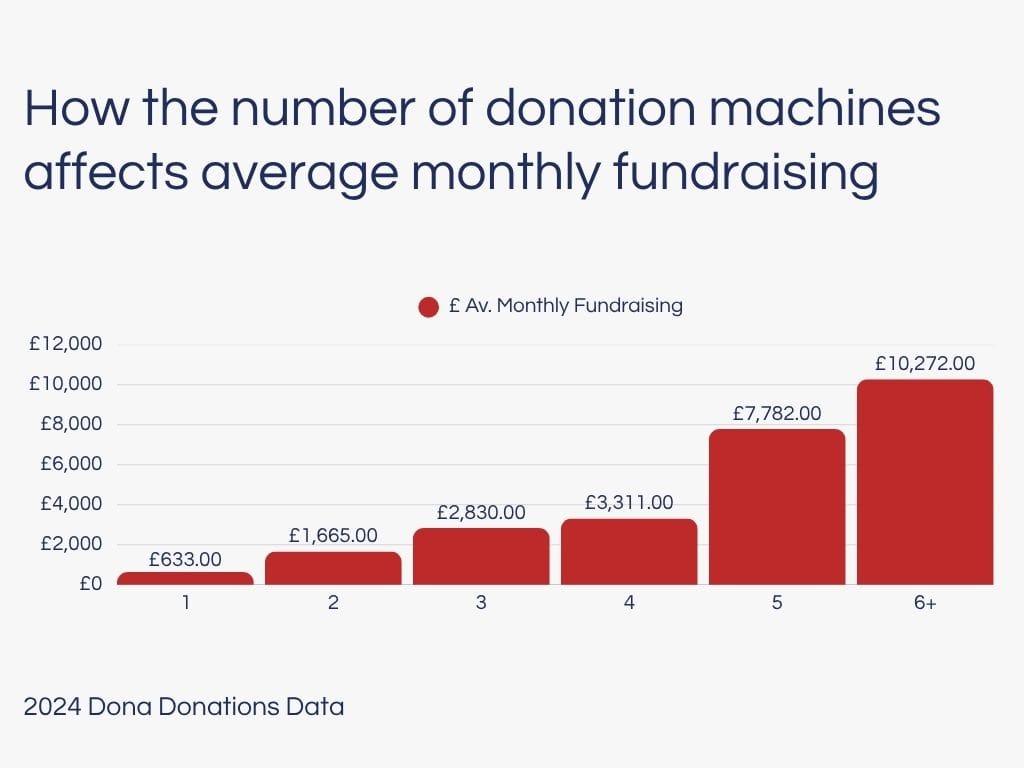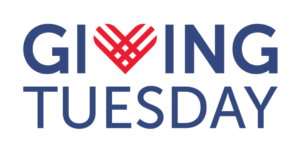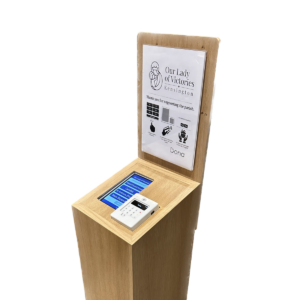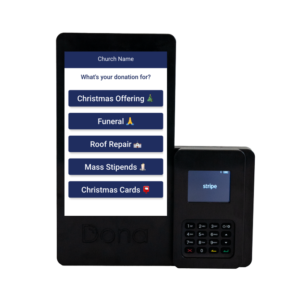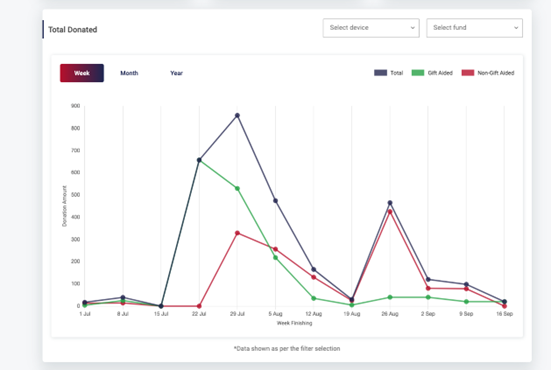Fundraising Tips for Charity Shops
April 2025

With a decline in cash donations and changing donor habits, it is vital to take every opportunity to provide quick and easy options for donors to donate whenever possible. Since Covid times, the landscape has been changing for the retail charity sector. Charity shop running costs are increasing with a decline in volunteers and therefore increase in paid staff. Adding extra donations to the pot is vital to continue making the charity shop a viable and valuable fundraising source.
This article provides a selection of our top fundraising tips for charity shops of all types, sizes and layout.
The three types of visitors to a charity shop, and therefore potential donors, would be:
- Those donating goods
- Those purchasing goods
- Those just browsing
Understanding the Modern Donor

Cash usage has dropped by a huge amount over the last few years, particularly since the pandemic identified cash as unhygienic and hard to access. The use of digital payment methods has seen a massive upsurge across all areas of day-to-day life, with charity donations not excluded from this change in spending habits.
Donors now expect contactless giving options to be available, so providing this facility within a charity shop is essential. Contactless donation terminals are quick, safe and secure means of giving, with donors already in the mood for spending money on donated goods, therefore, more likely to donate, especially if they do not find anything to purchase on the day of their visit. Those arriving to donate items are in the mindset of giving and can also take advantage of the opportunity to donate whilst in the shop.
Every visitor is a potential donor.
Strategic Placement of Dona Donation Terminals in Your Charity Shop

Donation terminals can be placed on a range of standard or custom donation stands – free standing stands, wall mounted or countertop. You could have a donation zone – where you highlight current campaigns with a donation terminal and signage.
The store can then highlight the various campaigns or funds they are fundraising for, show how money is being spent and build further engagement with their donors.
With Dona card terminals, you can add up to 20 individual campaigns to the machines for donors to choose from.
Our Top Charity Shop Card Donation Machine Placement Tips:
High-Traffic Areas:
- Near the till
- At entrances and exits
- In prominent display areas with popular items
- In the window: create a display in the window of the charity shop when the charity shop is closed, and activate Dona’s tap and go feature so people can donate as they walk past.
Donation machines are also ideal for mobile events and pop-up shops with great offline capabilities.
Top 10 Features of a Contactless Donation Terminal for Your Charity Shop
- safe and secure way for donors to give, building trust.
- Design your own branded or custom homescreen and attract donors to support your most impactful causes.
- Have multiple terminals at key locations in your shop.
- Set your own suggested donation amounts to enable quick donations.
- Allow the choice of a custom amount to cater for all donation amount preferences.
- Collect Gift Aid with the simple sign up option.
- Battery life of up to 10 hours in offline mode.
- Use the Keep in Touch feature to capture GDPR-compliant donor loyalty.
- Choose your thank you messages after a donation has been sent.
- Real-time donation tracking in the management portal with HMRC ready reports.
Once a donation has been made they will receive a thank you message and email. This gives the charity an opportunity to further engage with donors that would otherwise have left the shop with no interaction or further follow up.
If you would like to see our management portal in action, or run through the benefits and features of our latest donation card machines, our UK sales team would be delighted to assist. Please choose your contact method below…
Find out more....
Our friendly team will be in touch to answer any questions you may have.










 Charity Sporting Events
Charity Sporting Events


 Modesty: When organising events or using images of people, be mindful of modesty in dress and behaviour as well as ensuring you have the usual consent required.
Modesty: When organising events or using images of people, be mindful of modesty in dress and behaviour as well as ensuring you have the usual consent required. 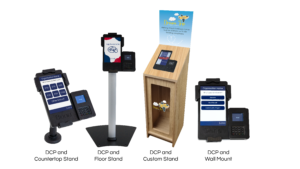
 After the fundraising is complete it is essential to let your donors know how important their donations have been and to demonstrate the ways that their contributions will help those around them, the wider community and the promotion of Islam.
After the fundraising is complete it is essential to let your donors know how important their donations have been and to demonstrate the ways that their contributions will help those around them, the wider community and the promotion of Islam. 





